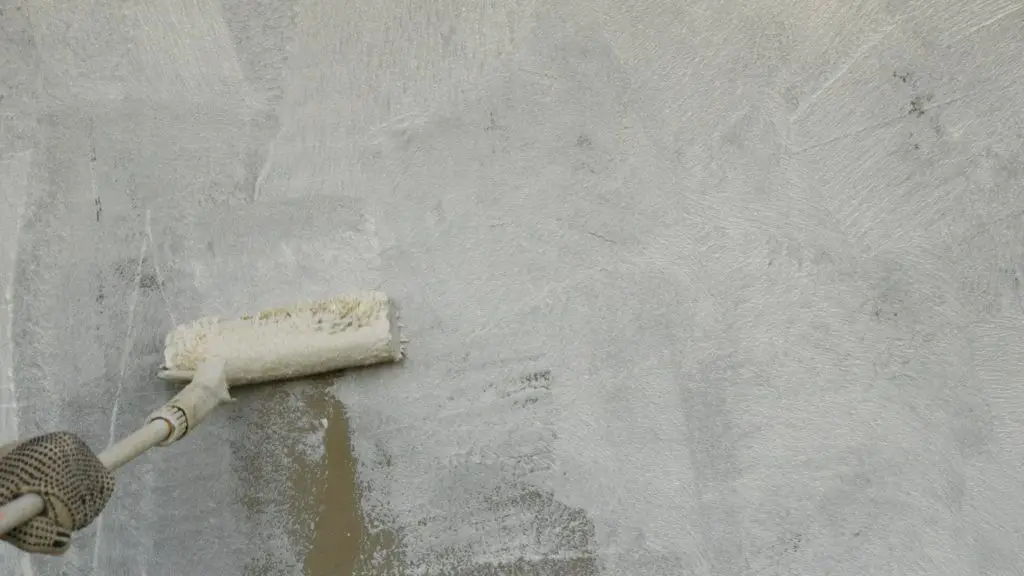A primer or undercoat is a preparatory coating put on materials before painting. Priming ensures better adhesion of paint to the surface, increases paint durability, and provides additional protection for the material being painted.

PRIMER PRIMER
ROADMAP
degrease
To sand
Make dust-free: brush and wet wipe
Apply primer with brush and roller
After curing: sand lightly and apply a layer of lacquer
For a two coat of paint see point 5
PRODUCTION OF PRIMER
Paint is made in a factory.
As you know, paint consists of three parts: pigments, binder and solvents.
Read the article about paint here.
When the paint comes out of the machine, it is always a high-gloss paint.
Then a matte paste is added to get the paint matte.
If you want a satin gloss, half a liter of matte paste is added to a liter of high-gloss paint.
If you want a completely matte paint such as a primer, a liter of matte paste is also added to a liter of high-gloss paint.
So you get a primer.
You then have extra filling or primers for metal, plastic and the like.
This is then in the volume of binder and which binder has been added to it.
Just like with primers, another solvent has been added to ensure that the paint dries quickly and can be painted over very quickly.
A POT SYSTEM
If you want to do a painting job, you need to take the next step after degreasing and sanding.
Primer is really important for your later result.
What I can already recommend is that you take the primer from the same brand as the paint layer.
I do this to prevent tension differences between the layers and then you know for sure that you are always right!
You can compare it with parts of a car, it is better to buy an original part than a replica, the original always lasts longer and stays good.
CHOICE PRIMER
Before you start grounding, you need to know what to use.
However, this is not that hard to remember.
There are only 2 types compared to the past.
You have primers, which are only suitable for all types of wood.
The second is derived from English and that is the primer.
You use a primer to provide metal, plastic, aluminum, etc. with a first adhesive layer.
This primer is also called a multiprimer, by which I mean that you can use it on all surfaces.
You don’t have to think about which primer to use.
PRIMER TYPES OF WOOD APPLICATIONS
If you have a wood substrate and it is a bit uneven, you can use a primer that is extra filling.
For example, with hardwood, which has many small holes (pores) you can use this excellently.
You can even apply a second coat if you want to be sure the wood is well saturated.
If you want to finish a painting job the same day, you can opt for a quick primer.
Depending on the brand, you can then apply a layer of lacquer over this layer after two hours.
Don’t forget to sand and dust the base layer before you start painting.
I usually use this quick soil in the autumn because the temperature is no longer so high.
METHOD
I am sometimes asked how to set up new paintwork.
Common is 1 x primer and 2 x a top coat.
To save costs, you can also use 2 x a primer and 1 x a topcoat.
This is to save costs, if you do it right, I’ll add it.
You can use this for indoor work, but I would not recommend it outdoors.
After all, a high-gloss paint is more resistant to weather influences.
Do you have any questions about this article?
You can comment under this blog or ask Piet directly
Thank you very much.
Pete deVries.
@Schilderpret-Stadskanaal.
I'm Joost Nusselder, the founder of Tools Doctor, content marketer, and dad. I love trying out new equipment, and together with my team I've been creating in-depth blog articles since 2016 to help loyal readers with tools & crafting tips.

